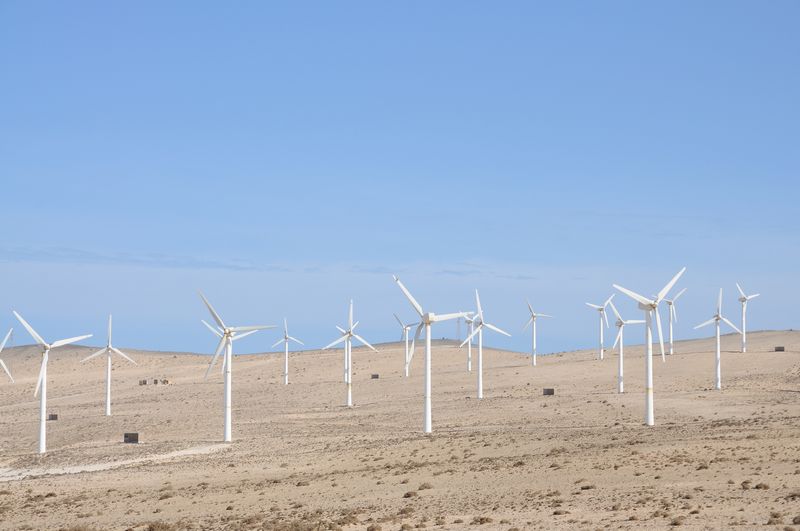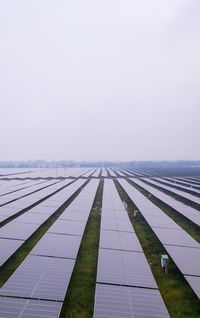Competitive tension in the renewables market has pushed prices down to record lows in the last couple of years but the model, while not broken, could be in need of a shake-up. A few years back large-scale infrastructure projects were hit by cost overruns and contracting problems. Renewables deals have suffered both with one extra variable – power prices have shot up in some markets, leaving low rates stranded for the time being.,
Spain is the latest country to suffer a failed green auction. Last week, it bid out 3.3GW of wind and solar projects and got back 45.5MW of wind. The Ministry of Ecological Transition (MITECO) awarded the winning schemes an average-weighted price of €42.78 per MWh, Trade body WindEurope said the government had a secret price cap at €47/MWh in the auction. "Most wind energy developers bid above this level," it said. "Which is not surprising – €47 doesn’t cover current costs." In contrast, during its January 2021 auction Spain received bids as low as €20/MWh. Halcyon days.
The problem surfaced in May when winning tariff bids on the Irish Renewable Electricity Support Scheme (RESS 2) auction came in 32% higher than on the first round. Community projects achieved an average price of €116.41/MWh compared with RESS 1’s average price of €74.08/MWh for all projects, €72.92/MWh for solar and €104.15/MWh for community projects. Oops! Unlike Spain, Ireland awarded the projects – 2GW in total.
The situation in the Spanish renewables market right now is hardly dire. Prevailing spot prices are around €115/MWh and indeed the October 2021 auction was hardly a success with just 177MW awarded out of 520MW available – albeit at €30.56/MWh. The merchant market is booming, corporate power purchase agreements (CPPA) are available and merchant project finance is becoming commonplace. However, this is right now. When the global energy markets stabilise, there is no reason power prices will remain at such widely inflated rates and they will return back to a normal €40–€50 range. But in the meantime the construction market has already moved beyond such levels.
Indeed, in the UK there are fears that projects, particularly the mega projects that were awarded contracts for difference (CfDs) in round four in July this year, are already struggling to make sense. Some offshore wind developers from previous CfD rounds have opted to stay merchant for as long as possible to take advantage of the merchant power prices, even though prices are now capped at £75, before moving to the lower value CfDs. Offshore wind schemes in round four came in at £37.35/MWh, which is looking quite tight now.
Across Europe, some governments such as in the Netherlands have bid out subsidy-free schemes that allow developers to make their own arrangements. In the current market that makes sense but of course this approach needs developers with very deep pockets that can take long-term market risk if necessary.
Stress has been reported across the Atlantic, where offshore wind farm developers are struggling to keep within the cost parameters of competitively bid power purchase agreements (PPAs). The next competitive bidding round for floating offshore wind schemes off California on December 6 will be very interesting. Not only will costs be a factor but this will be the first offshore wind lease sale on America’s West Coast and the first sale to support potential commercial-scale floating offshore wind.
The competitive model has spurred a generation of more competitive renewable schemes across the world in developed and developing markets. It is probably too early to call time on it but some mods might be needed. In the global infrastructure market there was a similar inflection point a few years back. Competitive tendering was all the rage in markets such as the UK, Australia and Canada but the procurement route led to significant contractor problems. In the UK, it is noticeable there are now no major local contractors bidding on mega schemes such as the Haweswater Aqueduct Resilience Programme (HARP) scheme. In Australia and Canada, cost sharing between procurers and contractors have become the norm.
The beauty of the power market, as opposed to the infrastructure market, is there are so many more variables in a scheme. Designing a competition not solely based on one fixed tariff is therefore possible. It would be difficult to toll a renewables project (!), as occurred on the gas-fired projects, with the fuel input coming from nature but there must be plenty of ways of slicing and dicing a PPA that will run for more than 20 years. A mix of CfD underpinning combined with merchant pricing perhaps. A tariff linked to possible construction inflation to take care of the EPC risk during construction could work in developed and developing markets. An IRR based competition? Lots of options to maintain competitive elements.








